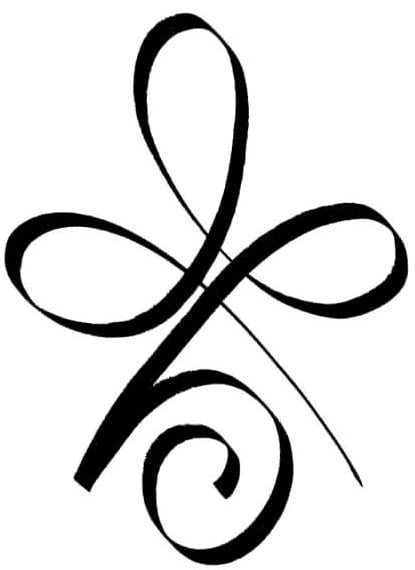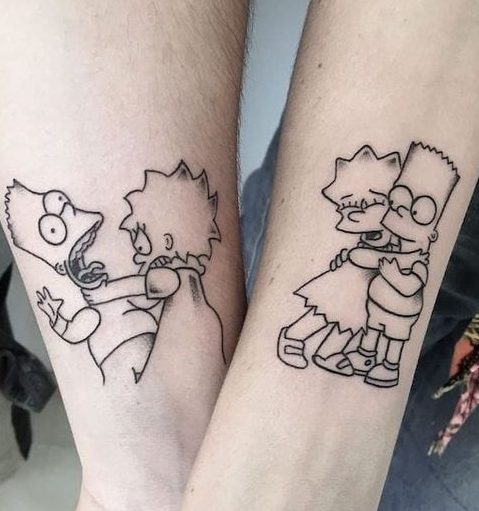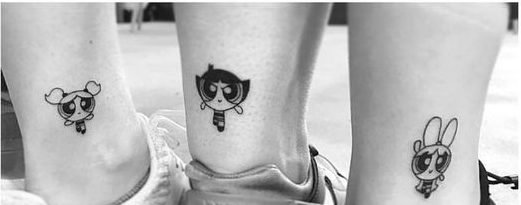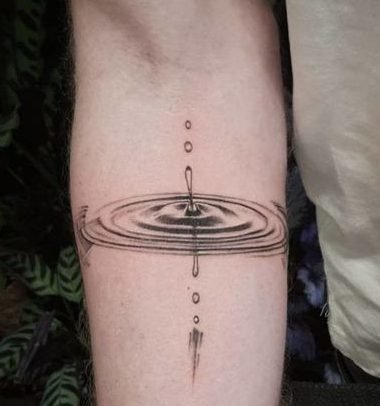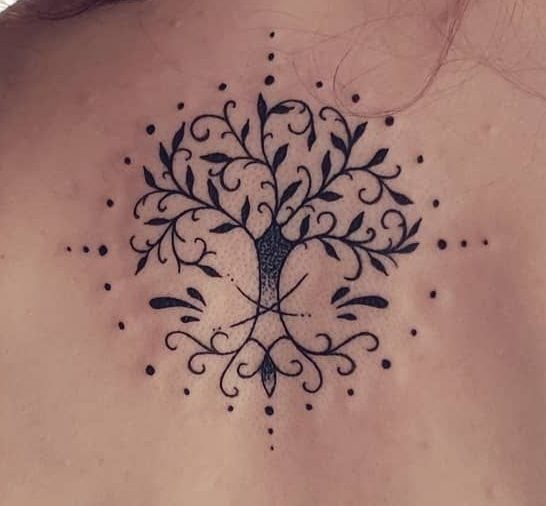The application of a permanent pattern on the body by the method of cutting it out in combination with staining – tattooing – is found in the burials of ancient times; he remained with the primitive tribes of Polynesia, developed in the European and Asian subcultures of advanced civilizations; is gaining unprecedented distribution at present.


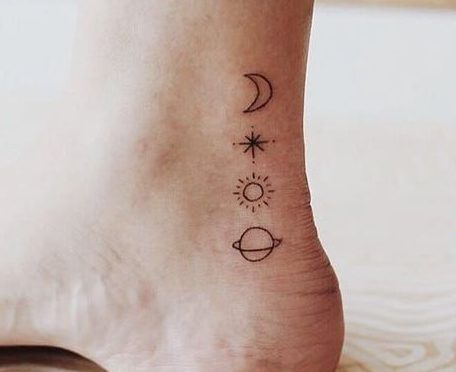
We will discard the many listed historical data and anthropological information about traces of unknown times and customs. The old age of the tradition explains its meaning, neither for those people whose worldview is unknown to us nor for our contemporaries – with a completely different description of the world.
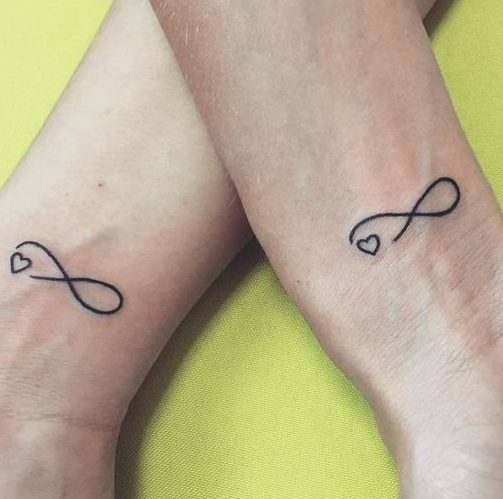
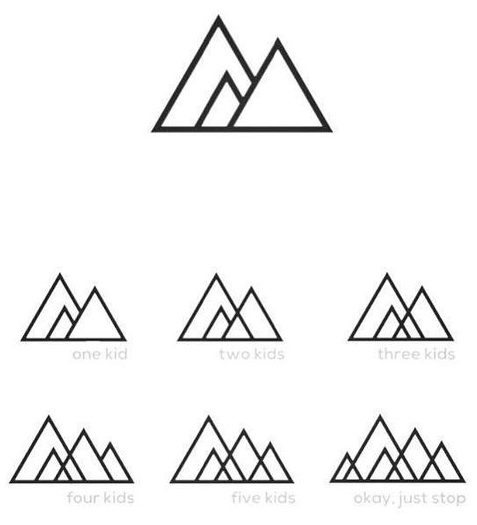
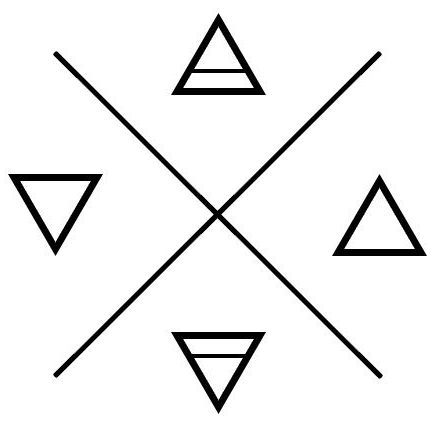
Let’s refrain from hypotheses about the ecstatic nature of pain when getting a tattoo, although this topic is not without interest. Here we offer our version of the meaning of a tattoo, relying on the personal experience and impressions of its wearers and tattoo artists, as well as on our concept of the existence of a mythological layer of conscious reality for a person of any time and people.


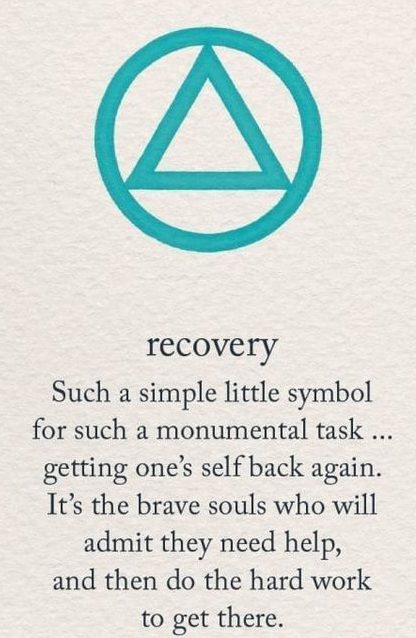
Tattooing is usually perceived as an archaic custom, unworthy of a civilized person, or as a return to an ancient ritual that promotes the acquisition of some personal resource of power.
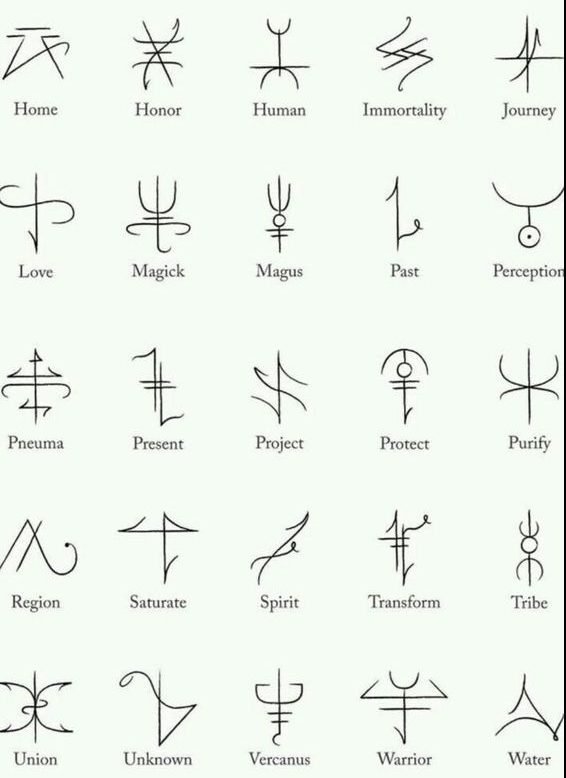
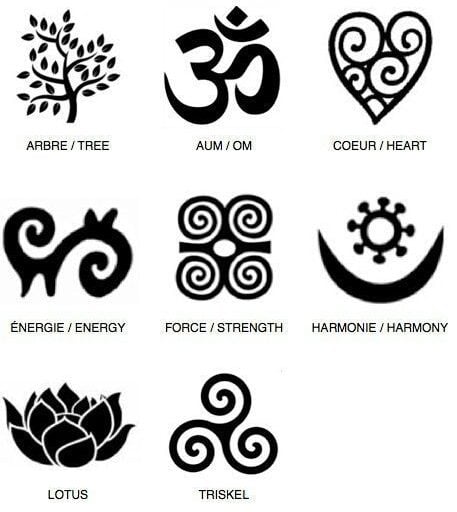
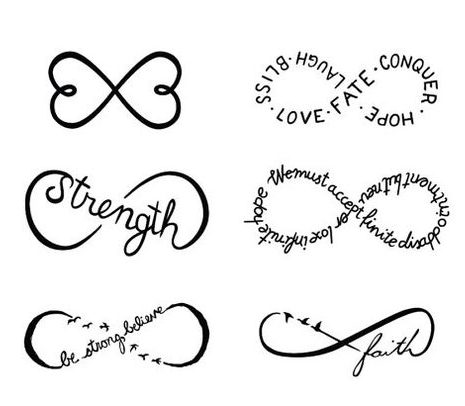
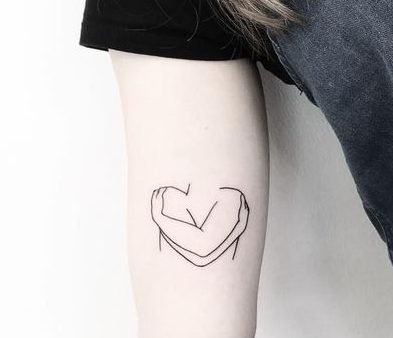
It is worth highlighting the symbolic signs of large and small communities as a conscious marker of belonging to a group (such as criminal tattoos, tattoos of bikers, and other subcultures), and we will consider the general meaning of this practice for the individual. Besides, of course, the modern fashion for tattoos has given birth to a meaningless stream of symbolically unconscious permanent drawings on the body. However, this layer of kitsch crafts can be subjected to psychological analysis as a common theme of the generation.
